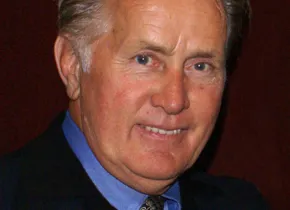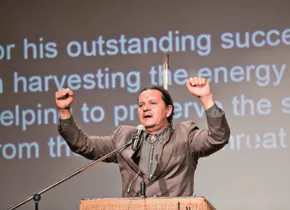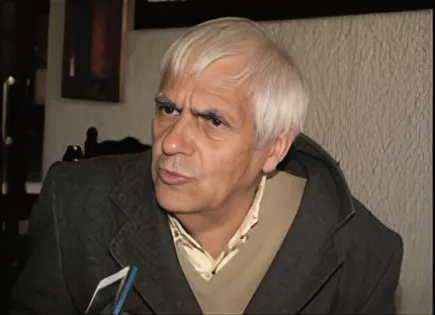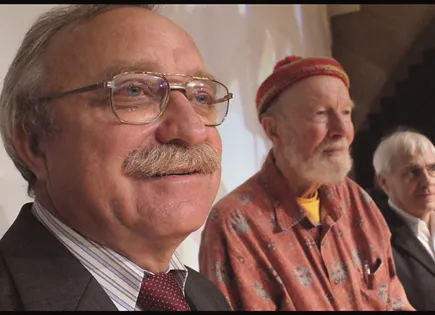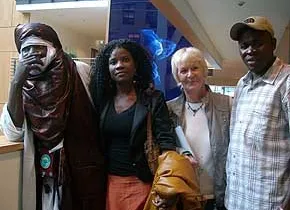2010
Martin Sheen, USA
Categories: Lifetime Achievement and Special Recognition – 2010
August 1999: Martin Sheen, who became famous for his leading role in “Apocalypse Now”, crosses the yellow cordon that the nuclear laboratory of Los Alamos, New Mexico, pulled against demonstrators. Together with about 400 people, he wants to remind people that the atomic bombs that wiped out two Japanese cities at the end of World War II were produced here. He received the NFFA for his life’s work.
Henry Red Cloud, Lakota Nation
Categories: Lifetime Achievement and Special Recognition – 2010
Henry Red Cloud wants to help all Lakota, Dakota and Nakota to a self-sufficient life. This includes food and energy. By 2010, his small company had equipped over 300 roofs with solar cells. Already in 2008 he founded the “Red Cloud Renewable Energy Center” with the aim of training specialists who then import the solar technology know-how into their tribal communities.
Bruno Barrilot, France
Category Solution – 2010
50 years after the first nuclear weapons test of the then “Grande Nation”, it is thanks to the persistent educational work of Bruno Barrilot and the Documentation and Research Centre on Peace and Conflict CDRPC, which he co-founded in 1989, that the government in Paris passed a law in 2010 to compensate the victims of nuclear tests. Barrilot has been active in Polynesia since 2005.
Oleg Bodrov, Russia
Category Education – 2010
The physicist Oleg Bodrov has headed Russia’s leading environmental organization Green World since 1999. He recognized early on that his fight against extending the operating life of old nuclear plants in Russia needed a “positive basis”. This is why his commitment is also directed towards sustainable energy production. Wherever the government imposes silence, he relies on dialogue.
African Uranium Alliance, Africa
Category Resistance – 2010
Resistance to uranium mining in Niger, Tanzania, Malawi, Namibia and South Africa was hardly noticed in the past. However, in November 2009, anti-uranium activists from the five states joined forces and formed the African Uranium Alliance. The main task of the alliance is, besides the resistance against new mines, the education of the workers in the old mines.
